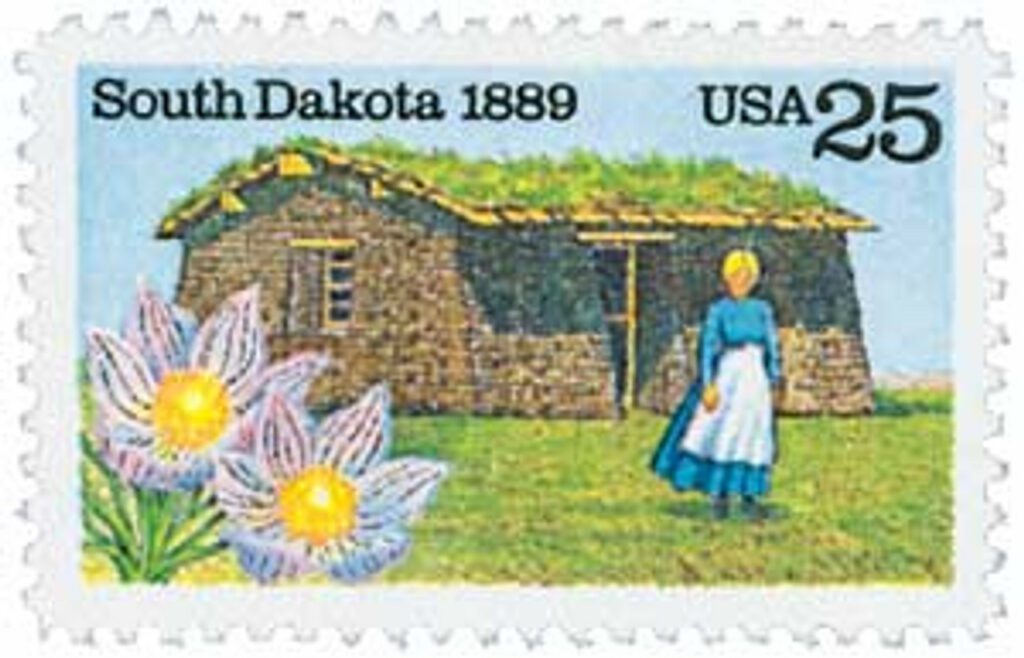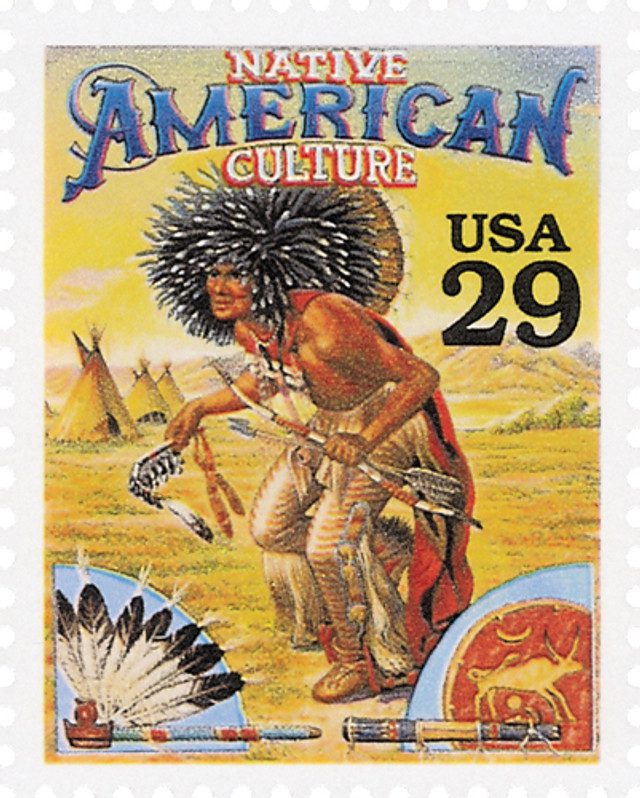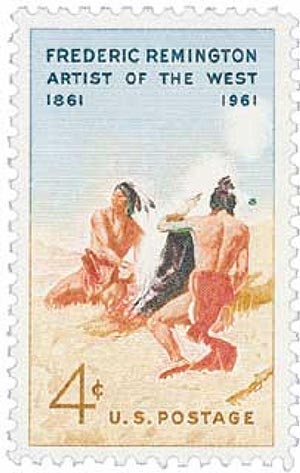On December 29, 1890, one of the last major American Indian battles occurred at Wounded Knee Creek, South Dakota. The Wounded Knee Massacre saw the deaths of over 200 Lakota men, women, and children.
The last part of the 19th century saw much unrest in the West as Native Americans were pushed off their traditional homelands to make room for settlers. Even reservation lands were not protected.

In late 1890, Lakota Sioux Native Americans in South Dakota began following a medicine man named Wovoka, who led a spiritual movement called the Ghost Dance. Followers of this movement believed the dance would bring forth the spirits of the dead to fight on their behalf. They believed this would lead the white settlers to leave and bring about peace, prosperity, and unity among the tribes. Many people in the nation’s capital worried this was the beginning of a movement against American authority.
In December of 1890, Spotted Elk, a chief of Lakota Sioux, was leading a group of about 350 men, women, and children to the Pine Ridge Indian Reservation after the death of Sitting Bull at the Cheyenne River Indian Reservation. On December 28, a detachment of the US 7th Cavalry Regiment rounded up the group and escorted them about five miles to Wounded Knee Creek to make camp. The detachment was joined by the rest of the regiment making about 500 soldiers. The next morning, the troops tried to disarm the Lakota.

Initially, the troops’ plan was to simply disarm the Lakota Sioux. The process was tense, but the Native Americans agreed to give up their weapons. At one point, a soldier ordered a deaf man named Black Coyote to give up his rifle. According to some accounts, Black Coyote was reluctant to turn over his gun because he had paid a lot for it. Other accounts say he couldn’t understand the order, so the soldier attempted to take the gun. In the ensuing struggle, the gun went off. US troops thought they were being attacked and fired on the crowd and chased down any who tried to escape, including women and children. By the time the shooting ended, between 200 and 350 Lakota were killed or wounded, along with about 64 Army casualties.
Initially Colonel James Forsyth, commander of the 7th Cavalry, was relieved of command. However, he was later exonerated and promoted to major general. Additionally, 20 of his men received the Medal of Honor for their actions at Wounded Knee.
In 1903, a monument was built at the site of Wounded Knee Massacre. It reads, “This monument is erected by surviving relatives and other Ogallala and Cheyenne River Sioux Indians in memory of the Chief Big Foot Massacre December 29, 1890. Col. Forsyth in command of US troops. Big Foot was a great chief of the Sioux Indians. He often said, ‘I will stand in peace till my last day comes.’ He did many good and brave deeds for the white man and the red man. Many innocent women and children who knew no wrong died here.”

In 1990, Congress passed a resolution declaring the government’s “deep regret” for the actions of its soldiers on December 29, 1890. The Wounded Knee Battlefield was declared a National Historic Landmark by the US Department of the Interior. In recent years, Native American groups have condemned the 20 Medals of Honor, calling them “Medals of Dishonor” and have called on Congress to rescind them. In 2021, the South Dakota Senate unanimously called on Congress to investigate the medals.
| FREE printable This Day in History album pages Download a PDF of today’s article. Get a binder or other supplies to create your This Day in History album. |
Discover what else happened on This Day in History.



See what happens when you take away a persons freedom and their guns. Kinda reminds me of what the Demoncrats have planned for us. Unconstitutional mask mandates, coercion to take the shot or not be able to buy or sell.
Bill, this has to be just about the stupidest reply that I have ever seen in this site. BTW, you spelled persons incorrectly. It is correctly spelled person’s.
Bill is the worst part of America
Bill you are comparing grapes to water-melon The Native Americans were massacred by US Army soldiers.They were mostly women and children.There are people in USA who have access to firearms and kill people who happen to be in the wrong place at the wrong time.There are over 200 mass shootings , 3 or more , in this country every year.According to the Supreme Court not everyone has the right to own guns , ie such as a person who is Psychotic or commited
to a mental institution. This country does not need another UVALDE. Bill, you need to get in tune to the facts
The story of Wounded Knee wounds my heart. A low point of U.S. history.
One of the sad chapters in the mistreatment of Native Americans. It is important that these history lessons are told as accurately as possible and I believe this article by Mystic does this.
The first year or two of New World immigrants from Europe had much better relations with the Indigenous tribes but even there, as time developed, the immigrants began to push the indigenous people beyond being friendly. Just as in today’s situations in our country & the world, we have those who push the limits of others in order to improve their situations, which then turns into friction and ends in disaster for both groups. We also find this with the “human” animals and then the wild animals that have established life go on to suffer as much or more than the more “domestic ones” have. “May we live in peace and help our fellow humans and animals instead of obliterating them “
Another dark day in American history and my thanks to Mystic for doing such a good job of putting forward the factual narrative.
Mr. Vornberg got it right. We all need to get along and have empathy for each other’s plight. “Walk a mile their shoes” should be a daily thought in all of us.
Many years ago I read a book titled “Bury My Heart at Wounded Knee” but I had not thought of it for decades. Your article reminded me of a sad day in American history and about the book I read as a young woman. I always appreciate your articles because of your attention to detail and what I regard as unbiased writing.
Many years ago I read a book titled “Bury My Heart at Wounded Knee”. I had not thought of that for decades until I read your article about a sad day in American history. I appreciate your articles because of your attention to detail and for what I regard as unbiased writing.
I can not blame the men who received the Congressional Medal of Honor. I do blame those that chose to give it to them because there was no honor in the action. It was asked once of Phil Sheridan why the American Indian were treated the way they were, what was wrong with them. He answered “the only reason they were treated that way was because they were there”.